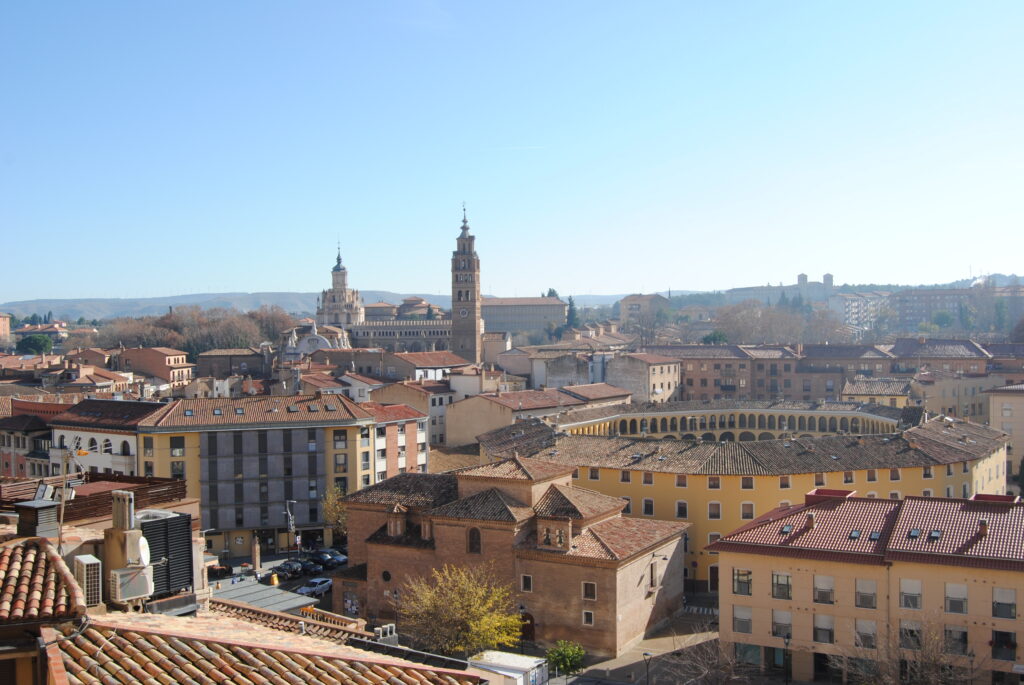
You know those places that you fall in love with instantly? Well, for me, this was one of them.
Tarazona, Spain.
Cradled by the spectacular Moncayo mountain range, Tarazona is a small town of 11,000. It sits on the borders of Aragón, Castile y León and Navarre. Because of this, the city has always held strategic importance in Spain, and wandering along the banks of the Queiles River and through the city streets is like taking a journey through time.
During the Roman era, Tarazona, then known as Turiaso, was a prosperous city where all the inhabitants enjoyed life as full Roman citizens. After the fall of the Roman Empire, Tarazona declined and was eventually taken over by the Muslims in the 8th Century.
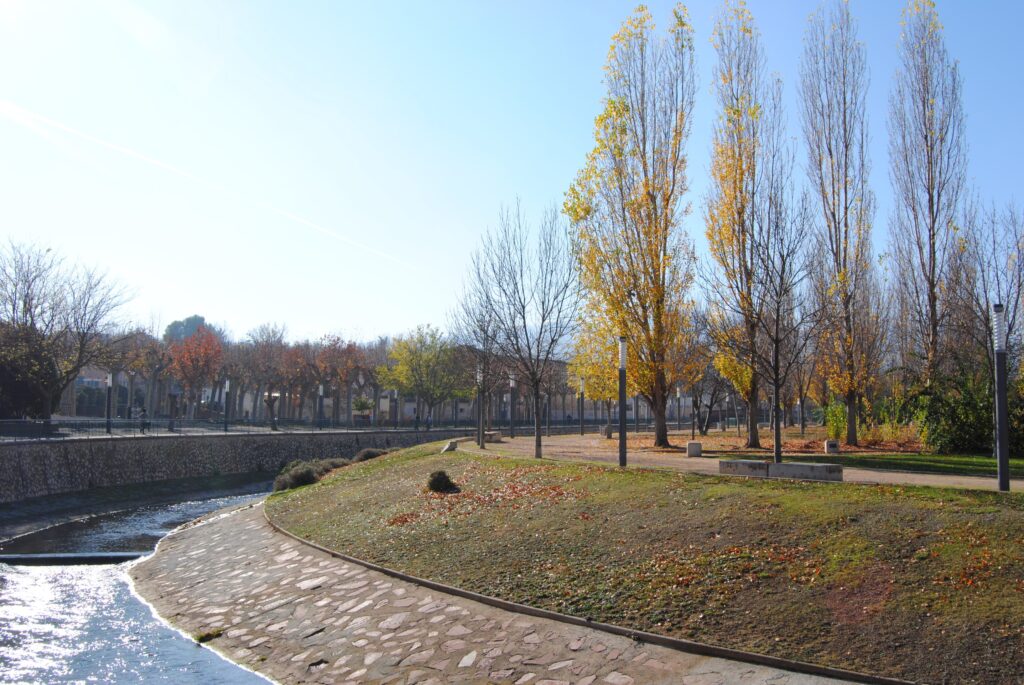
Tarazona is in the region of Aragón and there is no better place to feel the Muslim influence than here. The best part is, there won’t be Granada or Córdoba crowds!
Mudéjar architecture developed in the 12th Century and was popular through the 17th Century. While not exactly built during Muslim reign, this architecture combines both Islamic and European styles, which can be seen in the magnificent brick and tile work of these structures. They also highlight the peaceful co-existence of these communities.
Aragón’s Mudéjar architecture is, collectively, a UNESCO World Heritage Site and Tarazona is just one stop on a tour around this marvellous region.

One of the most interesting places I’ve seen is Tarazona’s Jewish Quarter. Well, Jewish Quarters — there was an old and a new, each having a synagogue. The Jewish community here was one of the most important in Aragón. Its proximity to Castile and Navarre provided them with many commercial opportunities, allowing the community to enjoy long periods of prosperity.
A hike uphill, through the tranquil, traffic-free streets takes you past the lovely Hanging Houses (Casas Colgadas) where noble families lived. Good thing I’m not of noble blood as I’m scared of heights and these houses sit right on the edge of the hill!
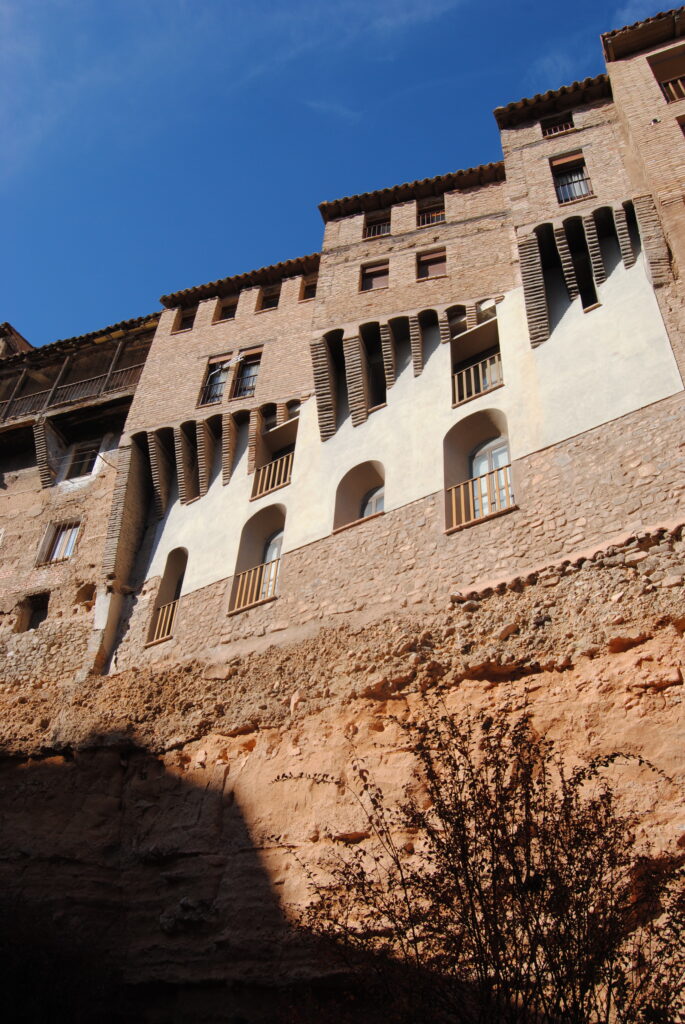
Tarazona was conquered by Alfonso I in 1119 and became the seat of the Diocese of Tarazona. Construction began on the town’s jewel, the Cathedral of Santa Maria de la Huerta in the 12th Century. It combines Romanesque, Gothic and Mudejar styles. So many interesting features make the outside as beautiful as the inside and it’s a fascinating place to explore the town’s extraordinary art and artifacts.
The spirit of Tarazona’s Christian history is everywhere as it is part of the extensive Camino de Santiago pilgrimage route. So, those who like to walk can certainly come here on foot. Look for shell symbols and yellow arrows throughout town to help you find your way.
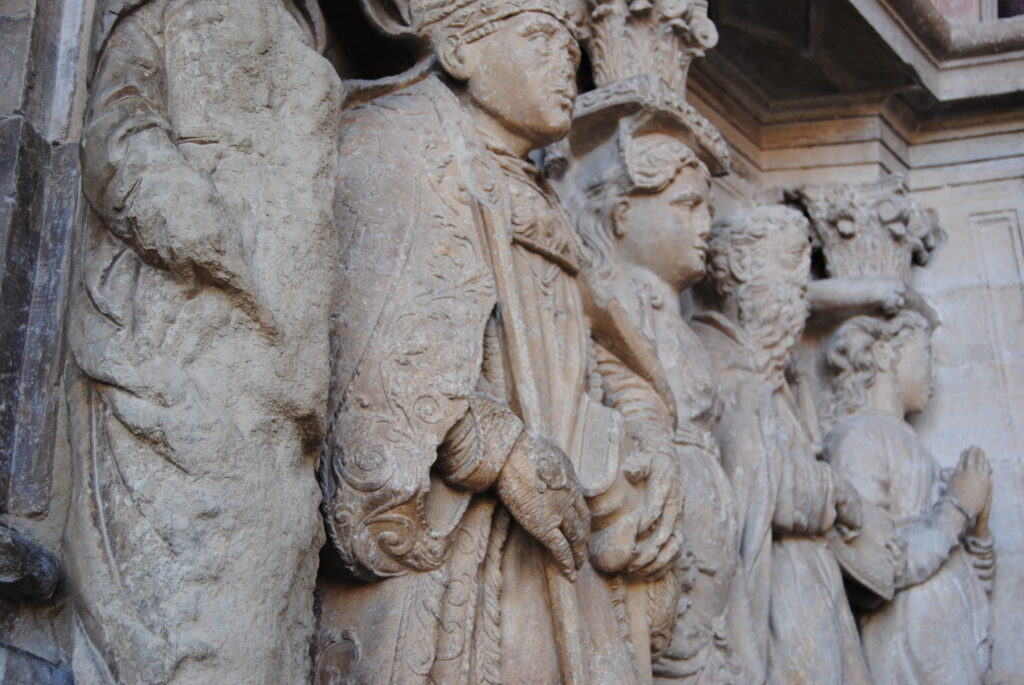
Watching a bullfight is a national pastime in Spain, and it seems especially popular in more rural areas.
One of my adorable young students would always ask me if I liked to go and watch bullfighting. “Lo siento, Sergio, it’s not my thing and no, you can’t convince me otherwise”. This was a weekly conversation.
Despite taking a hard pass on watching a bullfight, I love the architecture of a bullring. And Tarazona’s Plaza de Toros Vieja is one of the most unique ones I’ve seen. The bright yellow octagon, dating back to 1792 and one of the oldest bullrings in Spain, is the first thing my eye is drawn to as I stand looking out over the city. It’s like the entire city was built around it.
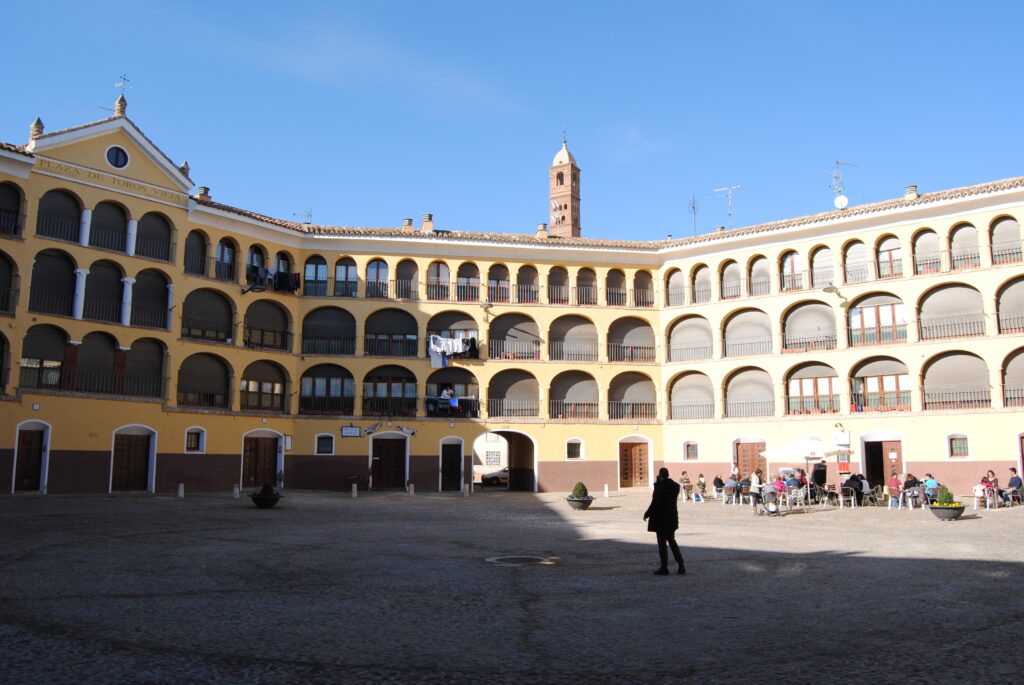
An open door invites me in at my leisure. But instead of just a dusty, empty arena, I see laundry hanging everywhere and people sitting under umbrellas enjoying their daily café con leche.
This well-preserved building was replaced when the new bullring was built in 1870. The boxes were converted into private housing with the entrances on the outside and the arched galleries converted into windows.
I don’t know about you, but I think this would be a pretty cool place to live. I’m so curious as to what the inside looks like!
If there’s one thing I love most about Spain, it’s the fiestas. And there are always fiestas! Every small town has something to celebrate and I am in awe at how these unique and interesting traditions have lasted centuries and are still celebrated with gusto today.
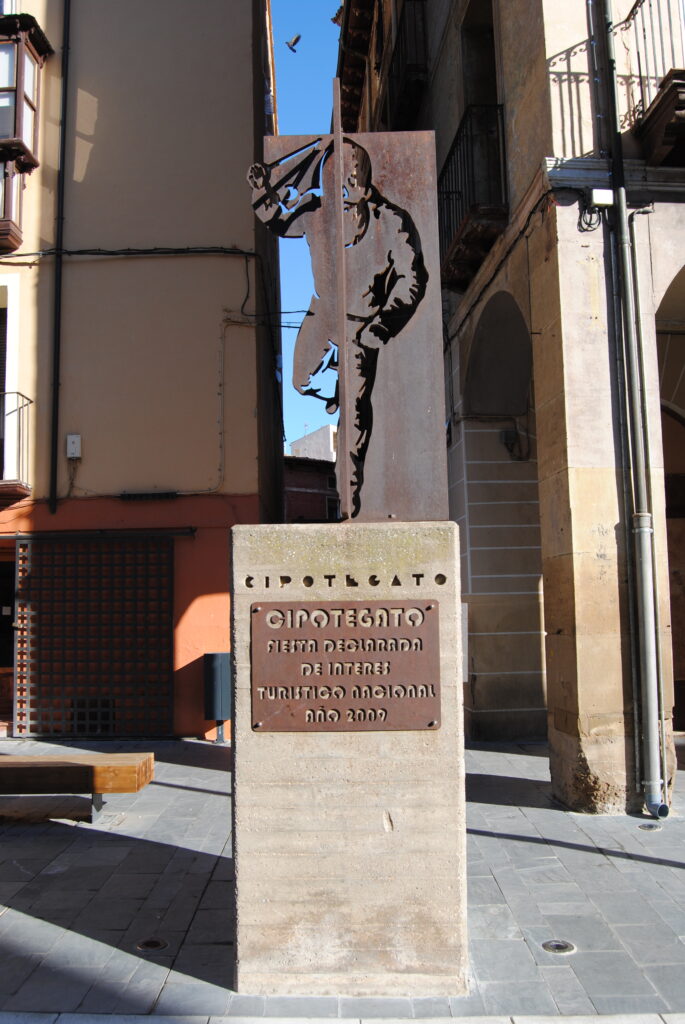
Every August 27th, Tarazona celebrates Cipotegato, in honour of St. Atilano, the town’s patron saint. At exactly noon, Cipotegato, a jester dressed in a harlequin costume of red, green and yellow, steps into the Plaza Mayor. He attempts to cross the square while being followed by a tomato-throwing crowd. If he successfully makes it to the other end, he will climb up the statue of Cipotegato and declare himself victorious.
The Plaza Mayor is the heart of the city where the Cipotegato and other local festivities take place. In this lovely square is Tarazona’s magnificent Ayuntamiento, or Town Hall, built between 1557 and 1563, and originally used as a market.
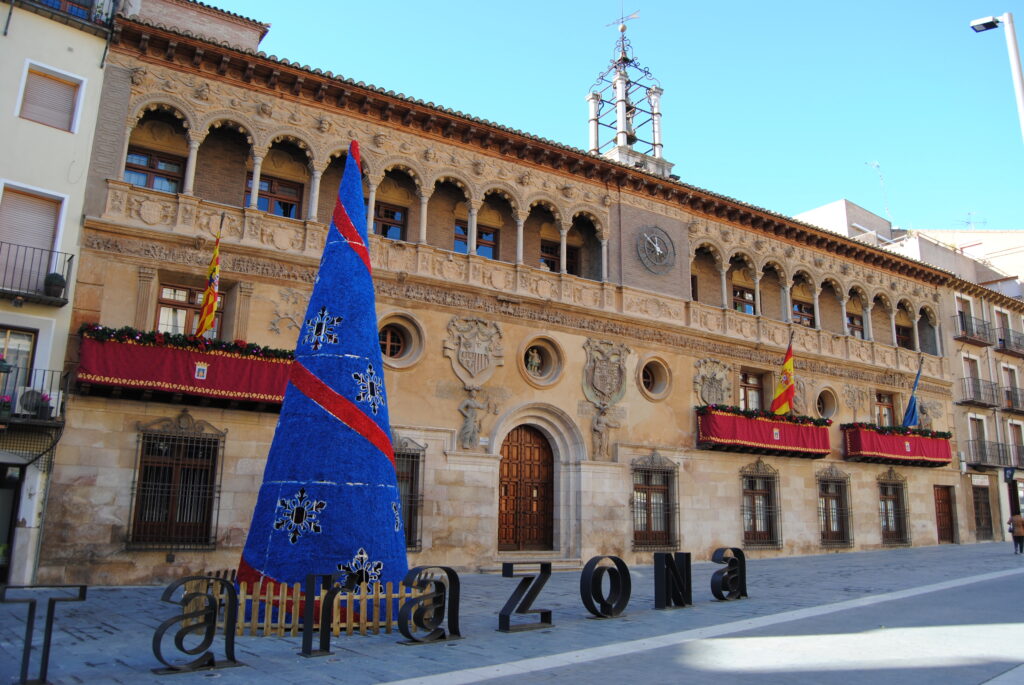
The ornate façade, with its gallery of arches, depicts the exploits of nobility and the allegorical figures of Justice and Wisdom. I think it’s one of the most beautiful town halls in Spain.
If you’re visiting Zaragoza, the hour-and-a-half-long bus ride is well worth taking to Tarazona.
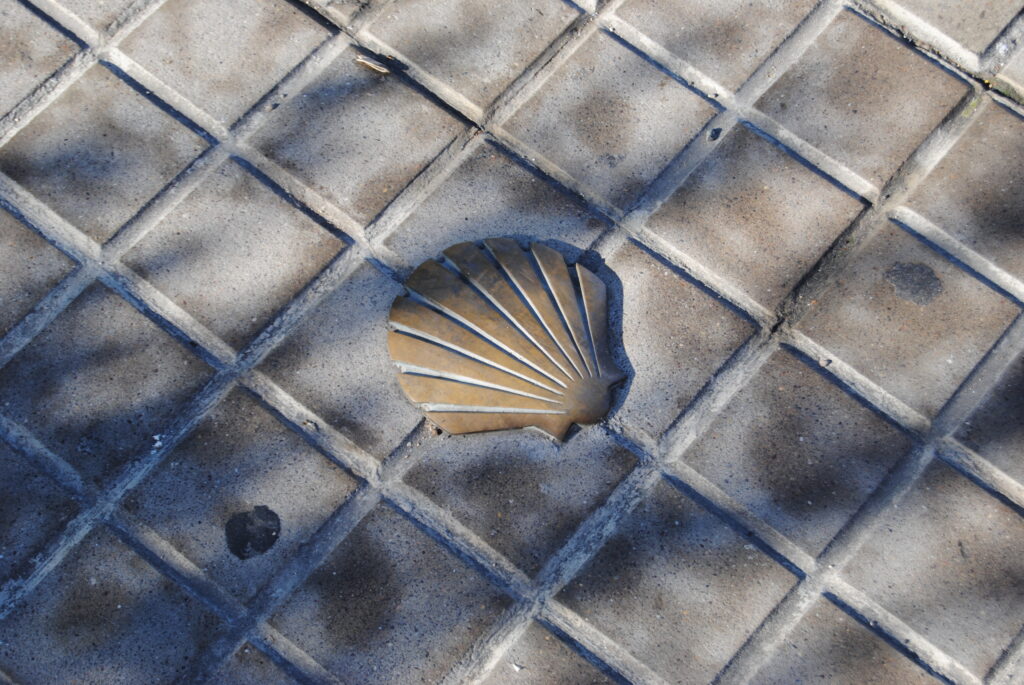
In fact, an overnight would be ideal as the bus service operates on a bit of a strange schedule. Much of my time here was spent during their very long siesta, so few things were open for touring. Before I knew it, it was time to leave.
If you love interesting small towns, history and architecture, or are just looking for a quiet place to relax, Tarazona is one of the loveliest places to explore in Spain.
Buen Camino!